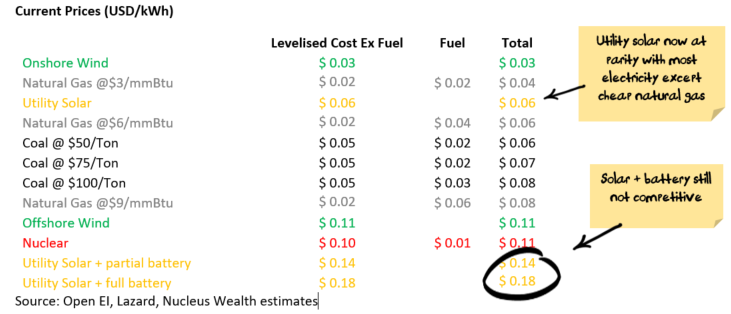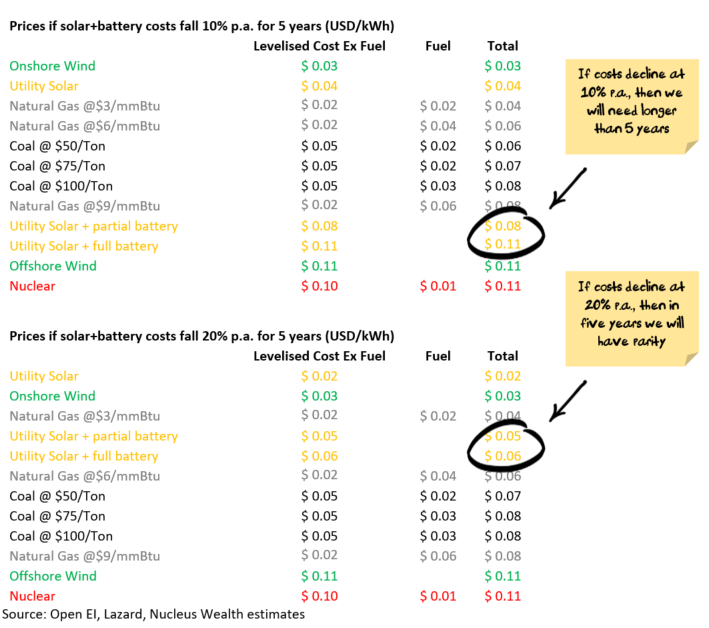Via AFR:
The global head of energy at Acciona, the world’s biggest green utility, is undeterred by the uncertainty of Australia’s future energy and climate policy and is earmarking about $600 million for new solar, wind and storage plants over the next three to four years.
Rafael Mateo said Australia would capture almost one third of the international player’s investment budget over that period and that it has “all the very positive attributes” a renewable energy investor needs for the long term.
He shrugged off any concerns about the political crises gripping the Turnbull government and the uncertain regulatory framework for future investment in clean energy, particularly given the major difficulty in investing in any new fossil fuel-based power plant.
The company expects to more than double its renewables generating capacity in Australia by 2020, adding about 500 megawatts of new supply, according to new Australian managing director Brett Wickham.
“Today renewables is becoming the future of energy, so it’s the only solution for the future to fill the gap of the new demand or to fill the gap because of the phase-out of fossil plants,” Mr Mateo said.
“Because it’s very cheap, very clean, we can install in one or two years so it’s very fast to install, so probably the political situation or even the regulation, it is impacting less in the future.”
Yep. Wind and solar are both cheaper than coal. Batteries are already cheaper than gas. Very soon renewables plus batteries will be cheaper than coal and it’s game over. Now:

Soon:

The only thing that can slow it down is fossil fuel subsidies.

